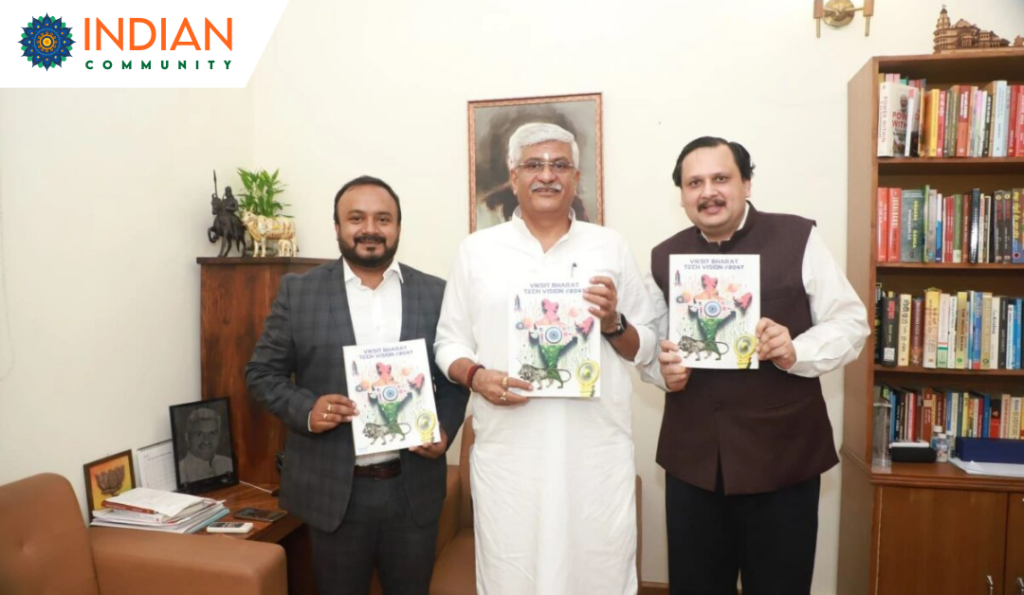The Viksit Bharat – Tech Vision @2047 initiative is a comprehensive blueprint designed to propel India into a global leadership position in the field of technology by 2047, which will mark the country’s 100th year of independence. Unveiled by India’s Minister of Culture and Tourism, Gajendra Singh Shekhawat, this vision focuses on leveraging advancements in artificial intelligence (AI), quantum computing, green energy, and digital infrastructure to transform India into a self-reliant, tech-driven powerhouse.
One of the core objectives of this initiative is to create a tech ecosystem that fosters innovation, research, and development, while simultaneously driving sustainable economic growth. The plan aligns with Prime Minister Narendra Modi’s vision of making India a global hub for cutting-edge technologies. By integrating AI and quantum computing into industries such as healthcare, agriculture, education, and defense, India aims to increase its global competitiveness while addressing key societal challenges like poverty, healthcare access, and climate change.
The Tech Vision @2047 initiative emphasizes the importance of collaboration between government, private sector, academia, and global experts to achieve technological breakthroughs. It highlights the need for cross-sectoral partnerships that would enable faster adoption and scaling of technologies across various domains. Kailash Satyarthi, the Nobel laureate, has been one of the key voices supporting this vision, emphasizing the role of technology in uplifting marginalized communities and driving inclusive development.
In addition to the focus on technological advancements, green energy plays a vital role in the Tech Vision @2047. The initiative recognizes the need for a shift towards sustainable energy solutions, including solar, wind, and other renewable sources, to meet the increasing energy demands of a rapidly growing economy. By 2047, the government aims to significantly reduce its carbon footprint, further aligning with international climate commitments.
The plan also emphasizes the need to prepare India’s workforce for the future. This includes the development of skills in high-tech sectors, with a particular focus on AI, robotics, and data science, ensuring that the country’s youth are equipped with the necessary tools to drive technological growth. Digital education, vocational training, and public-private partnerships will play a crucial role in this transformation, as India seeks to upskill millions of young professionals to meet the evolving demands of the job market.
By laying out this vision, the Indian government is signaling its intent to not only keep pace with global technological advancements but to lead the charge towards innovation. The initiative’s long-term goals are aligned with the United Nations’ Sustainable Development Goals (SDGs), focusing on improving the quality of life for all citizens while promoting global technological leadership.
The Viksit Bharat – Tech Vision @2047 is a critical step in positioning India as a future-ready, tech-driven economy. Through strategic investments, fostering innovation, and building collaborative frameworks, India aims to be a prominent global technology player by the time it celebrates its centennial independence anniversary.
Source: americanbazaaronline.com

